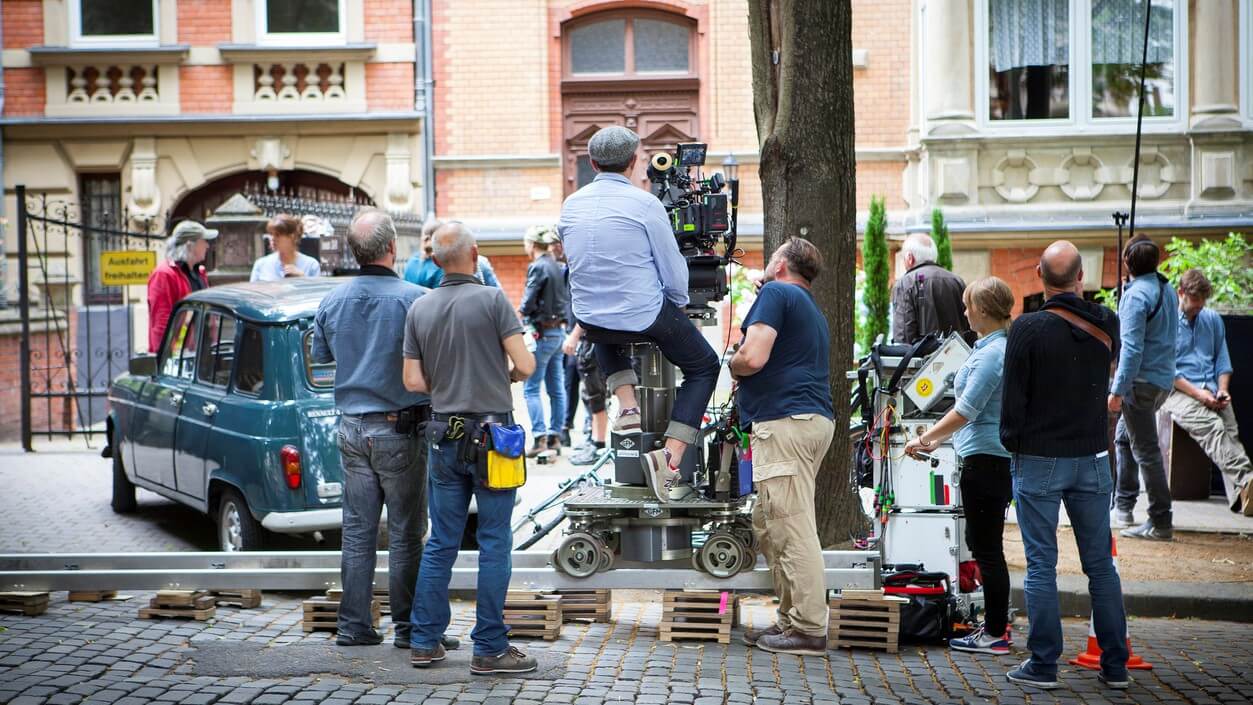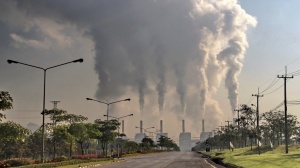Films are power-intensive projects, but with a few simple steps you can reduce costs and carbon emissions.
Sustainable Film Production: 6 Tips For A Smaller Footprint And Bigger Profit
Films are power-intensive projects, but with a few simple steps you can reduce costs and carbon emissions.

Filmmaking is inherently an unsustainable business, mainly due to the production process that requires high-powered lighting, filming and generators.
There also tends to be a lot of paperwork and transport involved.
But given that we are experiencing unprecedented damage due to global warming, all businesses, including filmmakers, need to think about how they can become more sustainable. And it’s often easier than it initially seems.
As a video production company and a B2B PR agency, we’ve spent a lot of time lately thinking about how to be more sustainable. Here are some actions we implemented subsequently that have made a real difference.
Set the tone by creating a ‘green set’
Sustainability is a mindset and about making better choices. And people are encouraged to make better choices when they’re reminded of the issues at hand. Labelling your production a ‘green production’ will set the right tone from the beginning.
Simply by announcing your production is going green, you’ll inspire your cast and crew to be less wasteful. You need everyone on board if you want to make a noticeable difference, so setting the right tone from the start will help.
Make sure you’re encouraging people rather than telling them off, and perhaps give them items that will help them be more sustainable, like reusable coffee cups and tote bags.
Cut down on paper
An easy rule to implement is cutting down on paper. In our experience, all pre-production collateral like production notes, storyboards, call sheets and scripts can be shared digitally. As long as they’re stored in the cloud, they can be accessed by everyone from wherever they are, without everyone needing their own hard copy.
Even documents that need a signature, like contracts and release forms, can be sent and signed digitally.
There are, of course, some things that you have to print, like carnets (passports for equipment), and back-up call sheets for shoots. But as long as you print as few as possible, print double-sided and recycle them afterwards, you’ll still be doing what you can to be less wasteful.
Share your rides
Where possible, get the crew to share transport or take public transport. This saves on parking and your team’s collective carbon footprint. If you need to take a car, consider upgrading to an electric or hybrid, particularly if you’re in London.
The city allows hybrids to park for free in certain areas and often provide free charging – it’s a win-win for all.
Instead of traveling far out to see clients or any other stakeholders, host meetings via programs like Skype, Slack or Zoom. This will cut down your carbon footprint and save you sitting in traffic. Of course, some meetings are essential to have in person, but for those that aren’t, consider it as an option.
Another way to cut down on travel is to allow people to work from home. Our editors, animators and producers work from home twice a week, which means they don’t have to commute, cutting down on our overall footprint.
Ban single use plastic
A well-caffeinated crew is a happy crew. But takeaway coffee cups are terrible for the environment – they can’t be recycled; they don’t get reused; and they create a lot of waste.
So, make sure everyone has a reusable coffee cup – they’re inexpensive and they’ll often save you money in the long-term, as many coffee shops give you a discount for using them.
This rule should also apply to plastic water bottles and cutlery on location. We encourage our crew to bring their own reusable water bottles, and to write their names on them to avoid confusion. This dramatically reduces our overall plastic consumption.
Reduce, reuse, recycle
You should aim to reduce, reuse and recycle everything on set – from the energy and resources you consume, to the costumes, props and set itself. You can reduce your energy consumption by opting for LED bulbs. These are highly energy efficient (consume up to 90% less power than incandescent bulbs) and versatile.
Plus, they’ll reduce your power costs. Besides obvious items like water bottles, reusing costumes, props and sets for future projects can also make an impact. And set up clear recycling bins around the set. Make sure there are clearly marked, designated bins for non-recyclable trash, compostable waste, plastic, glass and paper.
Power off
Videos need quality lighting to look good, but there’s no need for the lights to be on when you’re not filming. It’s also tempting to leave editing projects open after a shift so that you can pick up where you left off when you come back. However, leaving computers on uses a lot of power.
This is something that’s easily forgotten, so it’s worth assigning someone the task of checking all systems are switched off before they leave the office.
The systems and processes involved in film production might require a lot of power, but simple tweaks and changes can go a long way to reducing the company’s overall carbon footprint.
Jamie Field is Managing Director of TopLine Film.
Thanks for signing up to Minutehack alerts.
Brilliant editorials heading your way soon.
Okay, Thanks!

